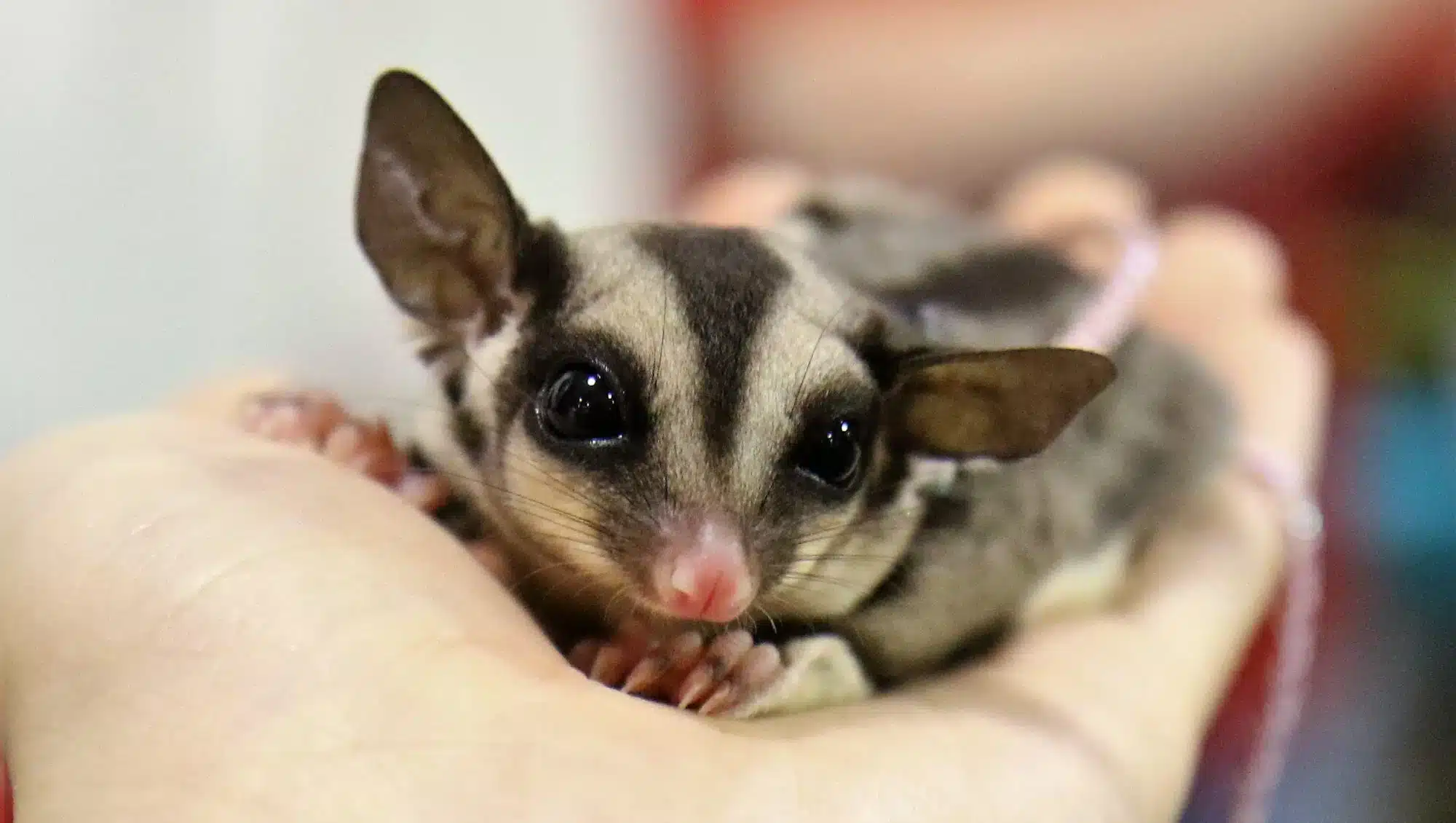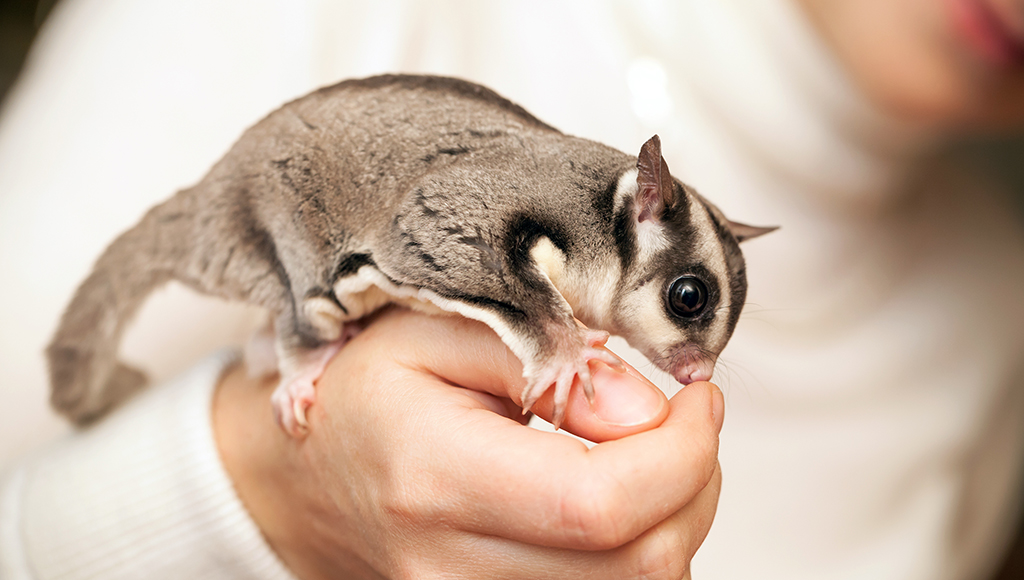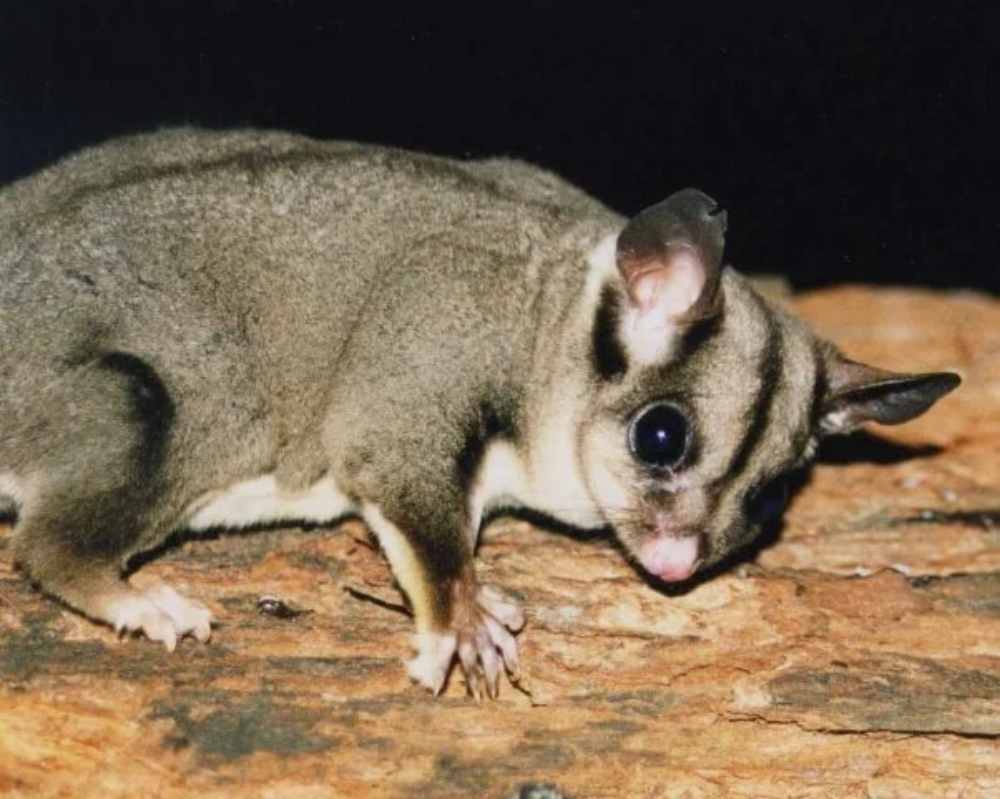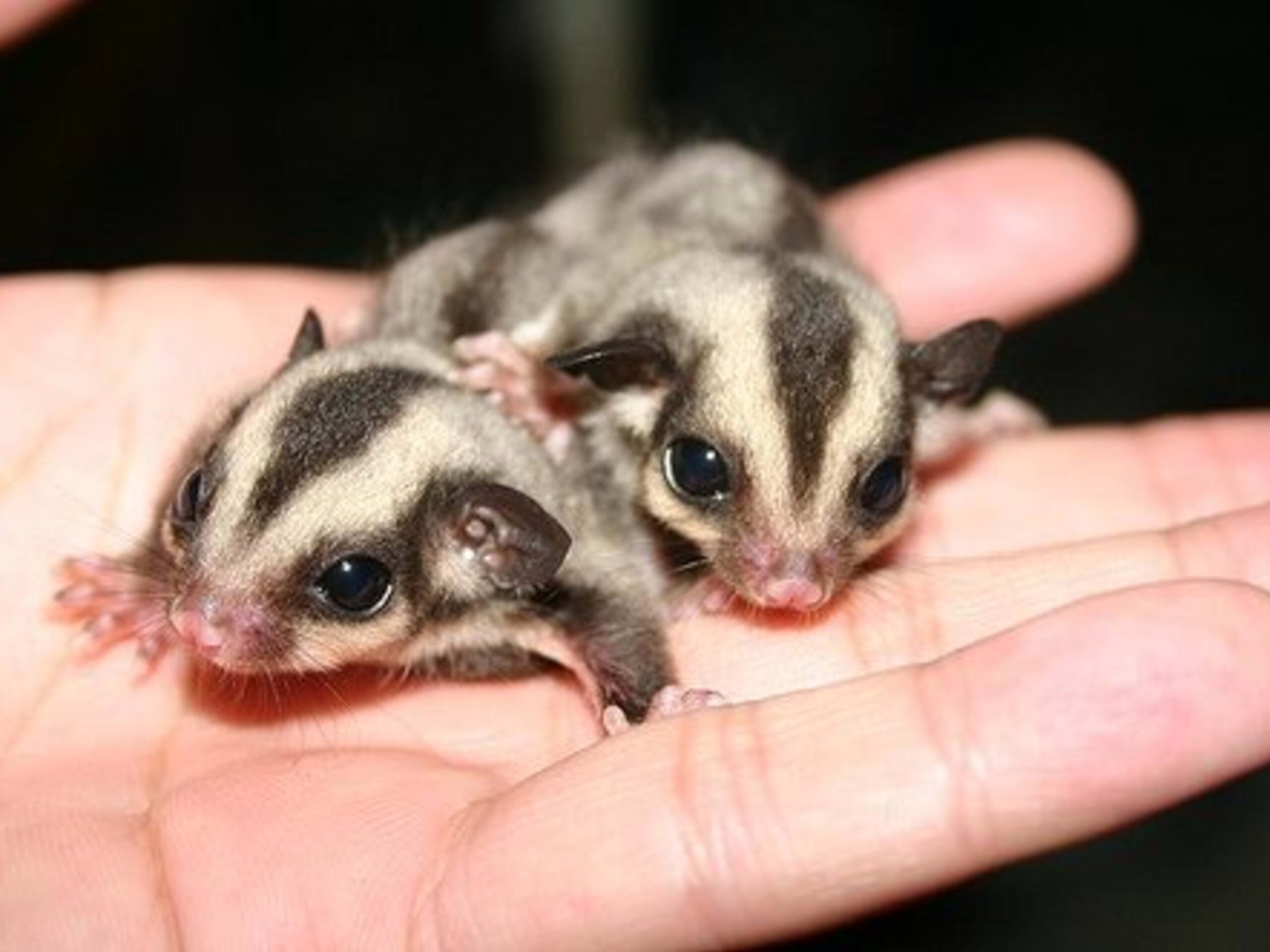
Sugar Gliders as Pets: Pros, Cons, and Care Tips
Sugar gliders: Although it is more recently in the news, these are also becoming popular pets for exotic animal enthusiasts. These little marsupials, which are native to Australia and New Guinea, are playful and can soar through the air. But before you bring one home, it is necessary to know how to take care of them and the best of the pros and cons. To help you decide if sugar gliders are the ideal furry friends for you and how to properly care for them if they are, check out this guide.
Key Benefits / Why It Matters

Knowing the benefits and challenges of owning sugar gliders is crucial for both pets and owners. They are social animals that need interaction, making them fun companions for those willing to invest time. Their gliding ability, similar to flying squirrels, adds an exciting element to pet ownership.
Additionally, sugar gliders are small, making them suitable for those in apartments or homes with limited space. Their diet mainly consists of fruits, vegetables, and exceptional nectar-like food, which is easy to manage once you know their needs. Their nocturnal nature can also be a plus for people who work during the day and can interact with their pets in the evening.
Pros of Owning Sugar Gliders
Social and Engaging Companions
We have sugar gliders, and they bond well with their owners. They are fun to watch and make good companions. They also enjoy being handled and can learn basic tricks, which can help strengthen the bond with their owner.
Unique and Fascinating Behavior
Their ability to glide captivates many owners. This behaviour and their playful antics create a unique pet experience.
Space-Efficient Pets
Sugar gliders are small and do not need large enclosures, making them ideal for those with limited living space. Their cages can fit in most homes as long as there is enough vertical space for climbing and gliding.
Cons of Owning Sugar Gliders

High Maintenance Needs
Sugar gliders need a lot of time and attention. Daily interaction and mental stimulation are essential to prevent boredom. They often need companionship, so adopting more than one is common.
Specialised Dietary Requirements
Their diet is manageable but requires careful planning. A lack of essential nutrients can cause health issues, so owners must understand what makes a balanced diet for sugar gliders.
Nocturnal Habits
Sugar gliders are most active at night, which can be a downside for those who want a lively pet during the day. Their nighttime activity can also create noise that may disturb light sleepers.
Step-by-Step Guide to Sugar Glider Care
Setting Up the Habitat
To care for sugar gliders, start by creating a suitable environment. Their cage should be spacious enough for climbing and gliding, with a minimum size of 24x24x36 inches. Include branches, ropes, and toys for mental and physical stimulation.
Understanding Their Diet
A balanced diet includes fruits, vegetables, protein sources, and specially formulated nectar or pellets. Researching their natural food intake is crucial for providing the proper nutrition.
Social Interaction and Bonding
Building a bond with your sugar glider takes time and patience. Regular handling and interaction are vital for establishing trust. Spend at least one to two hours a day with your sugar glider to strengthen your relationship.
Additional Expert Tips & Common Mistakes to Avoid
New sugar glider owners often underestimate the time needed for proper care. Be ready for a long-term commitment, as sugar gliders can live 12-15 years with good care.
Another common mistake is neglecting their social needs. Sugar gliders are not solitary and can feel lonely if alone. Adopting a pair can improve their quality of life significantly.
Advanced Insights / Expert Recommendations
To enhance your sugar glider’s environment, create a safe, gliding-friendly area outside their cage. This could be a dedicated room or secure space for exploration and exercise under supervision.
Regular veterinary check-ups are vital for monitoring their health. Find a vet experienced with exotic pets to ensure your sugar glider receives the best care.
Adopt a Sugar-Glider

Adopting a sugar glider is a significant commitment that requires careful consideration. Though they present quirky companionship and interesting behaviours, they also lead time, attention and specialised care. Having learned the advantages and disadvantages and the care advice from this guide, you should now be able to determine if sugar gliders are for your family! It’s a beautiful pet ownership experience if you incorporate them into your home.
Are you excited to begin your relationship with sugar gliders? If you choose to adopt, you’ll find an experience as rewarding and engaging as no other pet can offer.


